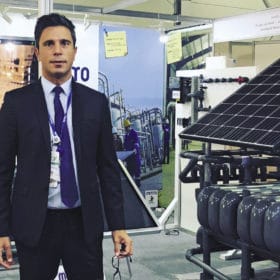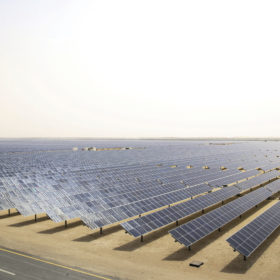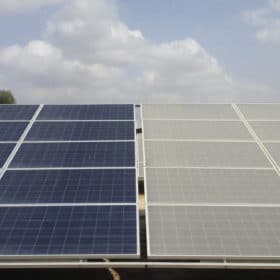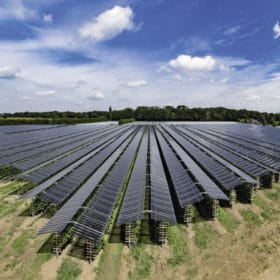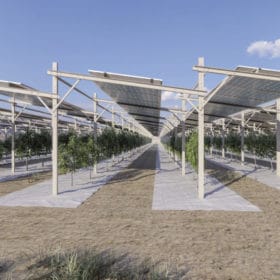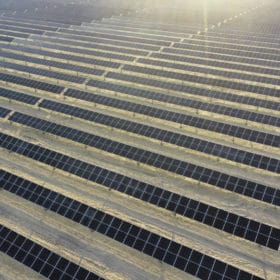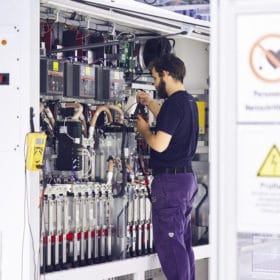State of distributed solar in the GCC region
Several of the Gulf Cooperation Council countries have begun to see rooftop solar installations reach high volumes in both the residential and commercial segments – a sign of the growing popularity of distributed solar in the Middle East. The past year has seen a host of contracts signed with developers across the region, including some impressive commercial PV projects.
Israel’s expanded ambitions
Israel has everything to make its energy system move around solar – a solid economy, growing energy demand, high levels of solar radiation, and a highly innovative business landscape with thousands of high-tech startups.
2 GW and beyond
Few could imagine a 2 GW PV project a decade ago. But in 2022, a massive project will rise from the arid expanse of the Arabian Peninsula. And while record-low prices will probably not be replicated this year or next, the project does mark the dawning of a new PV era.
Vital grid simulations
With around 310 days of sun a year, Jordan is in a great position to benefit from the growing affordability of solar, given that it is located in the heart of the Middle East. Solar allows the country to meet its renewable-energy targets, while also becoming more self-sufficient by reducing its reliance on imported fossil fuels, which currently account for more than 95% of its total energy mix.
Smarter robots to step up to service
On Dec. 1, Tel-Aviv based robotic cleaning provider Ecoppia launched an initial public offering on the Tel Aviv Stock Exchange. In doing so, the seven-year-old solar startup raised $83.8 million from public and institutional investors – although heavily slated toward the latter. Jean Scemama, who joined Ecoppia as CEO in April 2020, says the IPO will allow it to double down on R&D efforts and expand into the provision of services.
Building PV for the future
Financiers and investors have always understood that PV power plants play a more prominent role than just generating profits – they also produce electricity without emitting carbon. Lately, the sector is discovering that PV can fulfill a much larger range of environmental functions – improving biodiversity, removing carbon from enriched soils, and producing food in an environmentally sustainable way. Everoze Partner Ragna Schmidt-Haupt argues that putting ecological sustainability at the heart of PV project planning and operation should become the new standard.
Orchardvoltaics – it’s just ripe
How do you feed a growing population with limited agricultural space, and ensure that the global trend of smashed avocado toast lives on? In Israel, Doral Energy is facing this question head on with its innovative agri-PV concept, ‘orchardvoltaics’, which purportedly boosts farmers’ profits, increases crop yields, and helps realize ambitious renewable energy goals. pv magazine’s UP Initiative reports.
pv magazine Annual Awards
It was a year unlike any other, but one constant remains – the innovation that continues to drive expansion of the solar and energy storage industries by opening up new applications, increasing functionality, and driving down costs. Across seven categories, pv magazine’s award winners for 2020 demonstrate high levels of technical expertise, creativity, mass production capabilities, and real market impact from PV and power electronics companies big and small. And the winners are…
N-type shines when the heat is on
While n-type PV cells and modules remain a minnow compared to p-type, in some market segments and regions, its share is growing quickly. This is true in the Gulf Cooperation Council (GCC) countries, where Chinese n-type developer Jolywood has supplied key projects. Chen Jia, the deputy general manager of Jolywood, says the success is due to n-type’s natural advantages – a situation he expects to see extended to other parts of the world.
Current developments
The incremental improvements achieved each year in solar are usually relatively small, and improvements to one component can easily be accommodated by the rest of the system. But every so often, a bigger change comes along, with implications that will ripple up and down the supply chain.
